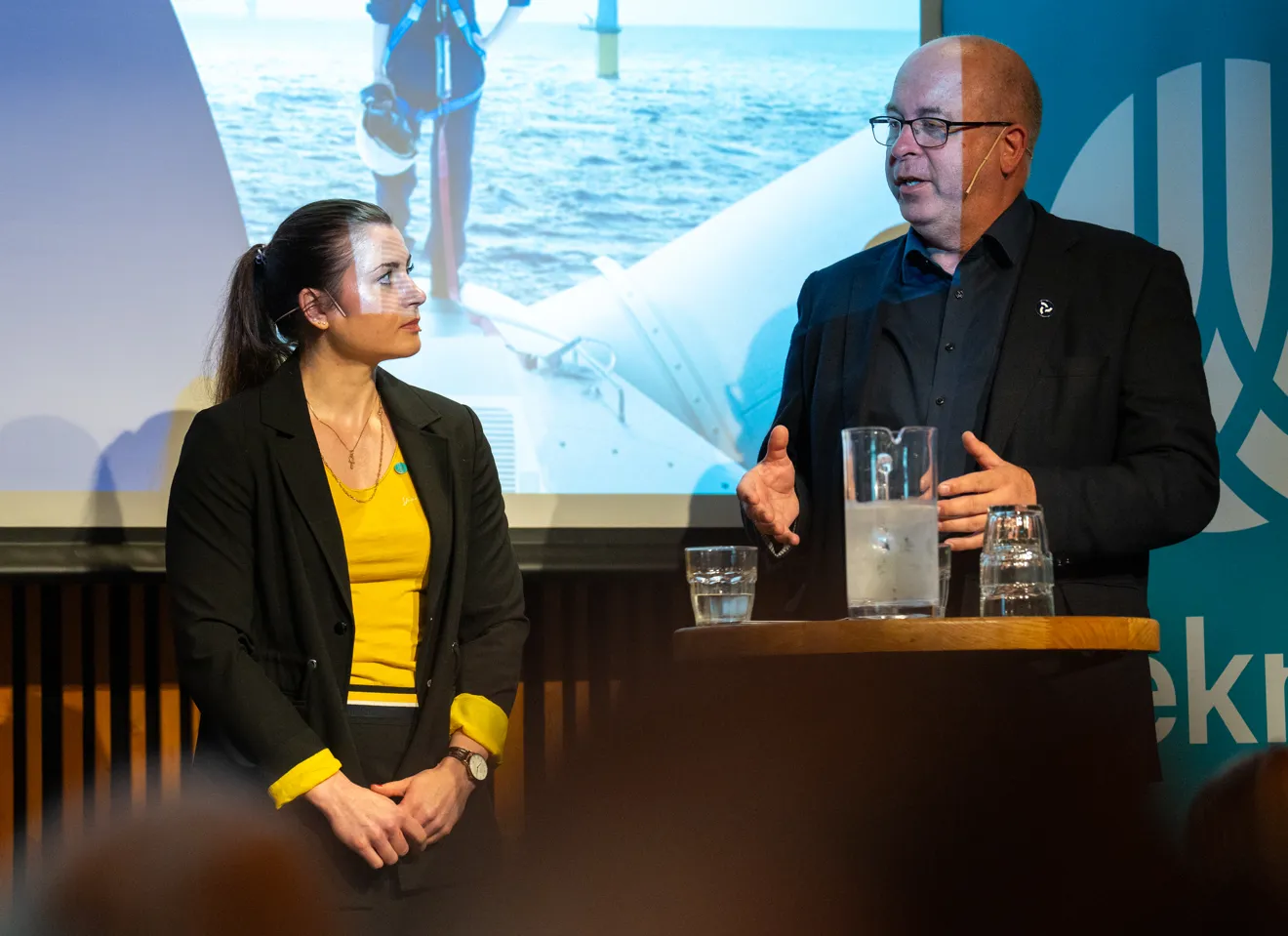
News
New Report: Possible competence gap in offshore wind
A recent report from Menon Economics asserts that the number of study places in higher education must be significantly increased by 2028. If not, the industry will lack the expertise needed to fulfill the government's offshore wind strategy.
The report titled "Gigawatt Requires a Mega Boost" was commissioned by Norwegian Offshore Wind and Tekna. It has analyzed the competence requirements within offshore wind and is the most comprehensive of its kind. The report concludes that it is uncertain whether offshore wind actors will have access to sufficient competence by 2035.
Within engineering and technology, there is a potential need to increase the number of study places by 380 annually from 2024 through 2028. This implies that by 2028, there will be a need for around 1900 more study places compared to the current offering.
– The access to the right expertise is one of the bottlenecks for the industry, and this report shows that there is an urgency to create more study places," says Arvid Nesse, the leader of Norwegian Offshore Wind.
The report has assessed whether there is a gap between the competence the industry demands and the educational offerings available today, including in higher education, higher vocational education, and vocational education in upper secondary school. Norwegian Offshore Wind will also conduct a similar assessment of the need for skilled workers.
– In the phase we are currently in, where we are developing new technology and solutions for the future, it is critical that we bring in highly educated expertise, Nesse states.
Between now and 2035, there is an expectation that the number of employees with master's degrees, bachelor's degrees, and higher vocational education will increase by 6600, 5700, and 4000 full-time equivalents, respectively.
– This report underscores the competence crisis we are facing in higher education, especially in the fields of science and technology. We need more individuals who want to study technology and science, we need more study placements, and we need to enhance the competence of existing employees if we are to meet the upcoming demands. This pertains to the offshore wind sector, but also to several other industries. We don't have time for more talk; action must be taken now, says Elisabeth Haugsbø, President of Tekna.
The report indicates that if 25 percent of the anticipated requirement is to be met by students graduating by 2035, this corresponds to a need for about 200 study placesments annually from 2024 to 2028. Similarly, at 50 percent and 75 percent of the same period, there would be a need for 380 and 570 additional study places, respectively. To put this in context with the current situation, there are currently around 6,000 study placements associated with engineering and technological fields. This includes both bachelor's and professional programs. Since 2012, the average annual increase in the number of study placements associated with these programs has been around 77.
– We need to increase the number of study places to succeed in meeting the competence needs, but we also desperately need more young people to recognize the importance of studying science subjects in middle school and high school to recruit enough students to fill these places in the long run, Haugsbø states.



